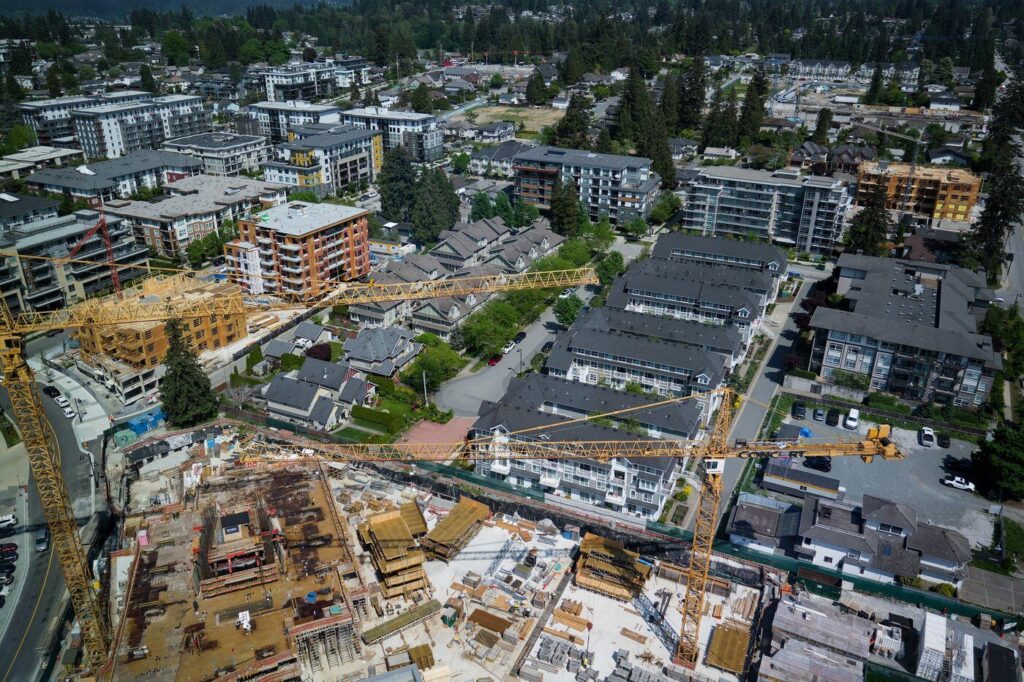Canada must double the pace of home construction over the next decade to return to the affordability levels seen in 2019.
According to Canada Mortgage and Housing Corp. (CMHC), this requires between 430,000 and 480,000 new housing units each year until 2035 — roughly double the current construction rate.
CMHC reported that 90,760 housing starts have occurred so far in 2025. If current trends continue, the average will be 245,000 starts per year over the next decade.
CMHC deputy chief economist Aled ab Iorwerth said the target is possible, but only with a modernized workforce, fewer delays, more private investment, and cost-cutting innovations in construction.
He noted that this housing boost won’t cause financial instability due to its gradual pace. As supply grows, price growth should slow.
In 2023, CMHC estimated 3.5 million extra homes were needed by 2030 to return to 2004 affordability. That goal has now shifted.
The pandemic, Iorwerth said, triggered deep structural changes in Canada’s housing system. Since 2019, housing affordability has worsened significantly.
CMHC defines affordability as housing costs not exceeding 30% of average gross household income. But by 2035, this figure could rise to 52.7% without policy changes.
Doubling home construction could reduce that to 41.1%. House prices might be one-quarter lower, and average rents could drop by five percent.
The report found Ontario, Nova Scotia, and B.C. face the most serious supply shortages.
Montreal has the country’s biggest affordability gap, followed by Ottawa and Toronto. Vancouver would need 7,200 more homes annually — 29% more than current projections.
Calgary, despite strong building activity, needs 45% more new homes annually to meet demand. Edmonton, meanwhile, is expected to maintain affordability without additional construction.
The federal government’s plan includes support for prefabricated housing. The Build Canada Homes program promises $25 billion in debt and $1 billion in equity to accelerate the sector.


